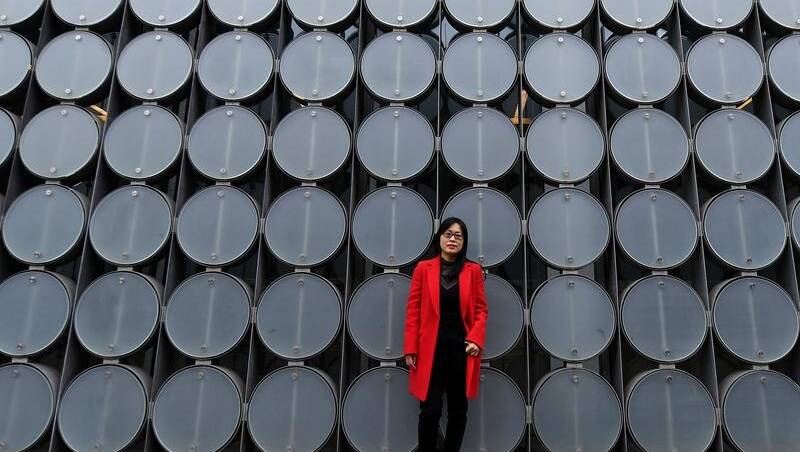Buildings produce their own energy using solar power | Review of northern beaches
[ad_1]
When Rebecca Yang started studying solar building materials about 10 years ago, she feared people would laugh at her.
“I thought it would be great but I was working on my own,†she told AAP.
Professor Yang was captivated by the idea that construction products could be designed to generate energy, but no one in Australia was really talking about it, she says.
Over the past decade things have changed and now there are windows, skylights, facades, siding and roofing products that can capture the sun’s energy while replacing traditional building materials.
Abroad, the FKI Tower in Seoul is clad in movable panels that follow the sun’s rays, and Chicago’s Willis Tower has modernized its photovoltaic glass.
Professor Yang now heads the RMIT Solar Energy Applications Lab, with around 20 researchers, and represents Australia on Building Integrated Photovoltaics (BIPV) at the International Energy Agency.
It maintains a database of over 300 BIPV products – transparent PV windows that can be colored or printed, coatings that can be molded into specific shapes, and PV tiles that snap into place.
There are many unknowns – it’s hard to say what the energy production potential of a BIPV building might be or to estimate what that might mean for entire cities.
“We don’t know what the energy potential of BIPV is in Australia,” she said.
And although these products are used overseas, Australia lags behind Europe and China, despite being a global leader in rooftop solar adoption. , said Professor Yang.
There are only about 20 non-domestic BIPV buildings in Australia and no figures on the number of BIPV homes.
Part of the reason is that many BIPV products are manufactured and safety certified overseas, and there is no testing to prove they meet Australian standards.
BIPV also finds itself stuck between two sectors – renewable energy and construction – which often do not get along.
Fire safety is also a “critical issue” for BIPV products in an industry marked by flammable coatings scandals, although Professor Yang says there are design solutions that mitigate the risk.
Last week, she secured funding from the Victorian Building Authority to study the BIPV fire risk and compare foreign certifications with Australian standards.
The RMIT lab is also hoping for government funding to test various products to see if they can be used locally.
BIPV’s rapid efficiency gains mean that building materials that produce their own energy could be widespread within a few years.
“I think now is the right time, we are all thinking about how to use it,†Professor Yang said.
Associated Australian Press
[ad_2]

